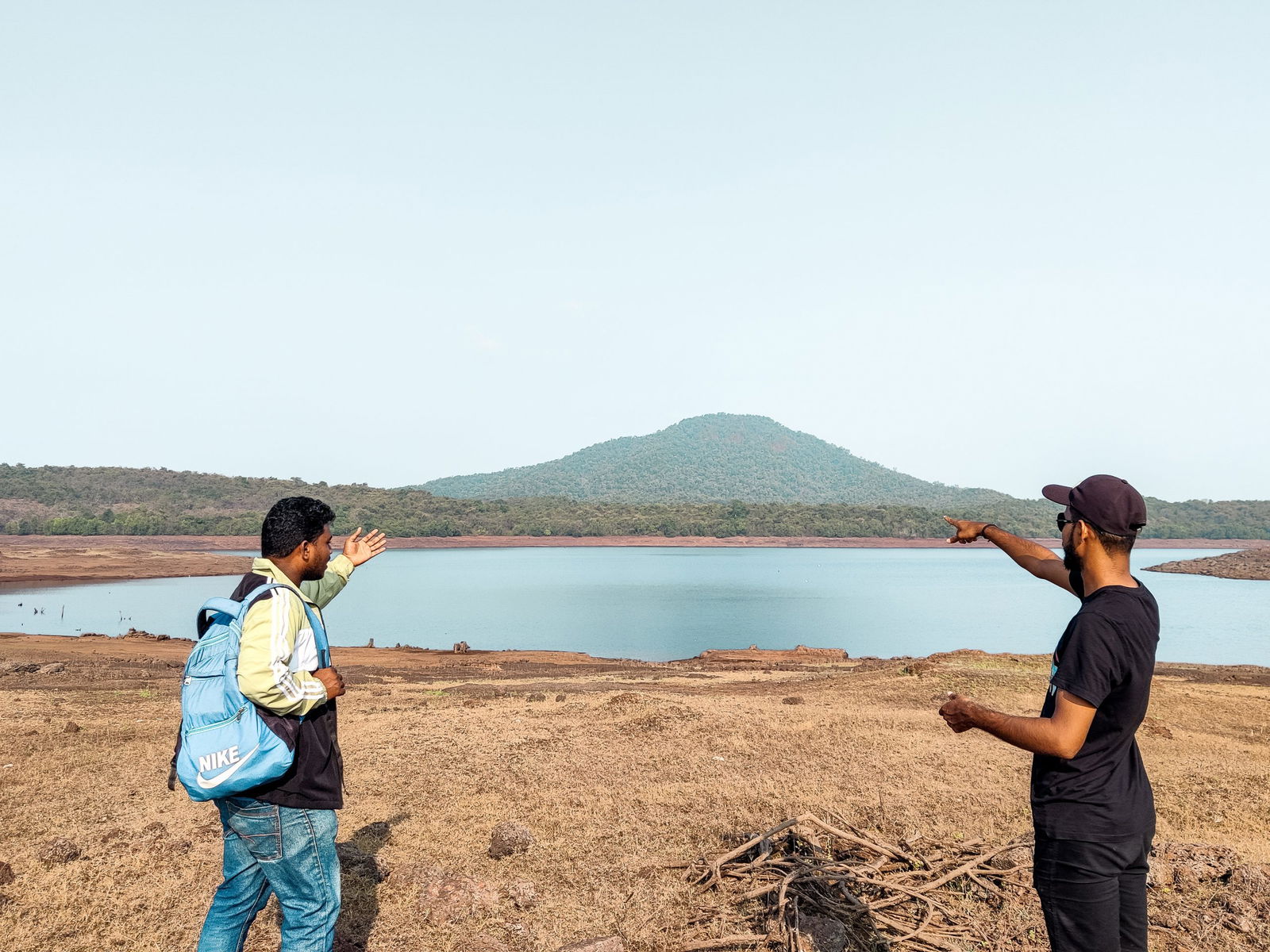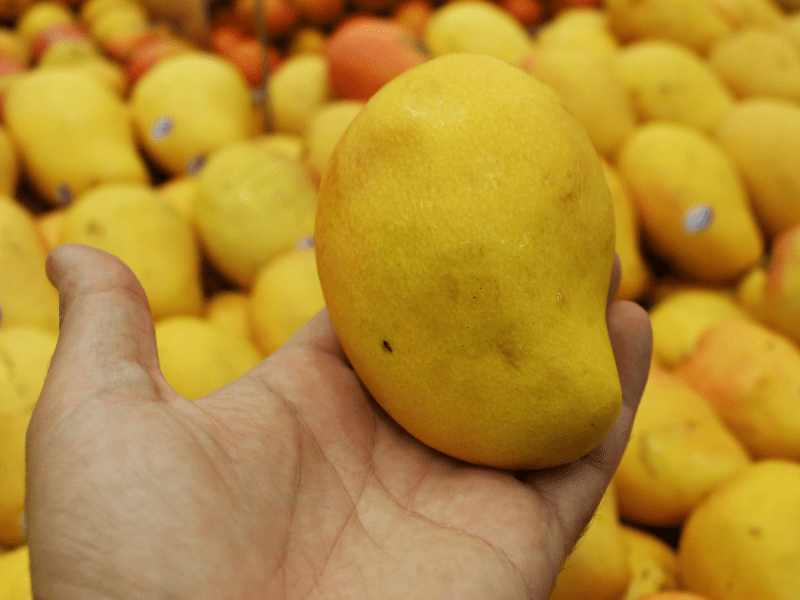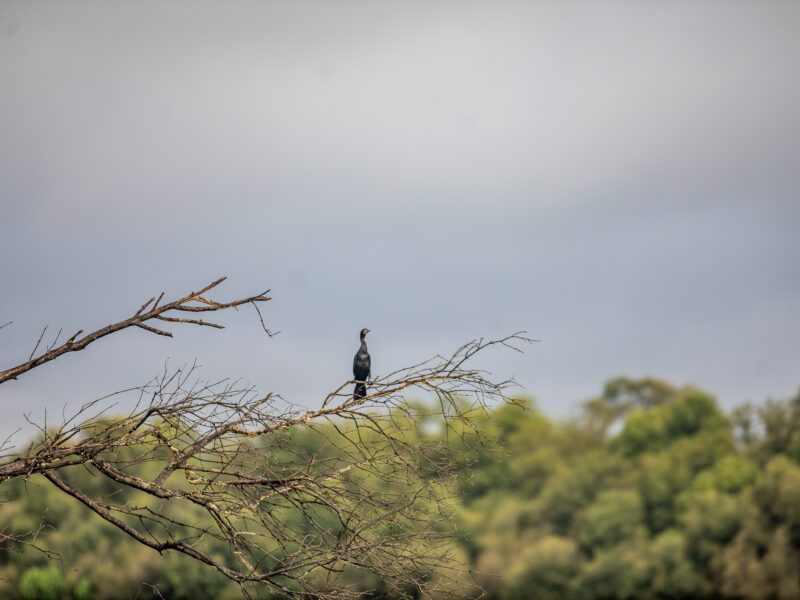Villages of the Dam
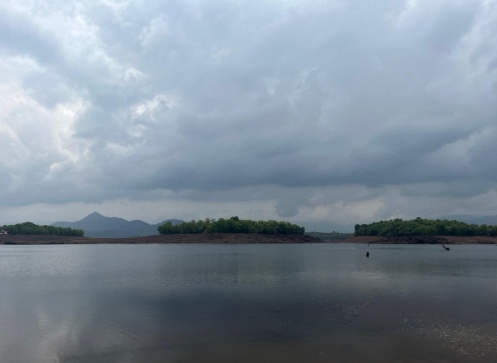
Summers in Goa have a special charm, the seasonal fruits are seen in the local markets and posros (local stores), locals are busy with purument- preparations for the monsoons, and non-resident Goans return for the long summer holidays. In the midst of it all a lesser known seasonal tradition takes place.
Before we get to that, a little context of where it began. In 1965 designs for the Salaulim Irrigation Project began to take shape, and finally in 1970, the construction of the Salaulim Dam was confirmed, to ensure South Goa had a steady source of water. However the decision was not an easy one, the construction of the dam would require the development of a reservoir which would displace 20 villages in Sanguem Taluka- south Goa. For a while the villagers did not think much of the circular, until they began to experience the flooding of their villages.
Finally realising the impact of the flooding would only increase, the residents of the 20 villages including Curdi, Kurpem and Wadi, left their ancestral homes, fields, paths and trees, to relocate to the villages of Vaddem, Malkarne and Valkini, where they had been allotted 10,000 square metres of agricultural land and 400 square metres of settlement land.
Homecoming
Every year in May, as the reservoir dries considerably, the remains of the village of Curdi emerge, as the only reminder of life in the 20 villages over 50 years ago. The former Curdikars- residents of the village, ensure they take the opportunity of visiting their lost home and paying respects to their family deities and places of worship.
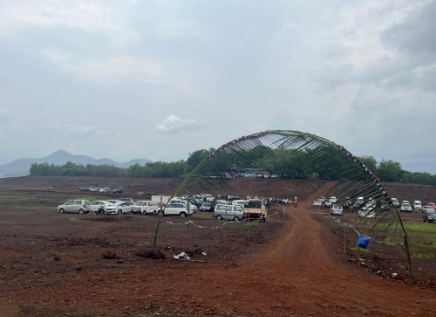
While the sacrifice of the villagers may often go forgotten, the resurfacing of the ruins of Curdi are the reminder to the people of Goa, of the price paid for water. Till date residents of Curdi share how this once flourishing village was famed for its agricultural produce, recalling the special variety of mangoes, large cashew seeds and golden jackfruits. Saying has it, that the Curdi cashew seeds would be double the size of regular cashew seeds.
The cost of displacement has been high, not only in terms of losing access to the natural produce of the land, but also for the unfortunate circumstances of the villagers. Despite their sacrifice to bring water to south Goa, they themselves are in a water scarce zone, and have to deal with the hardships still.

Yet, they remain resilient, and honour their village and ancestors at every opportunity. Amongst the remains of this fourth century village are the Someshwar Temple and the village chapel. On the second Sunday of May, the village has revived the celebration of the maha Rudra abhishek at the remains of the Someshwar temple in the village, a tradition that has been taking place since 2015. The chapel feast that used to be celebrated in January, has now been shifted to the fourth Sunday of May, for the villagers to be able to commemorate the feast at the renovated chapel itself, before it is submerged again.
Exploring ruins and rock carvings
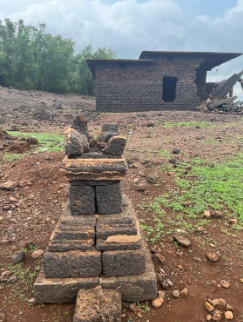
It is possible to visit the ruins and remains of the village, as many do across the month of May, however to truly understand what life in the village was like, the special Lost Village of Curdi trail, by Soul Travelling is recommended. The ambassadors on the trail have done extensive research that brings to life the village landscape and life, as well as the history of some of the famed residents of Curdi.
Through the trail four primary sites of the now vanishing village are explored. One needs to make the most of these annual opportunities as with each passing year the remains face depletion on account of the exposure to water. Despite that it is still a marvel to view how the road to Curdi, built by the then Portuguese rulers using nine layers of laterite stone and mud has withstood the test of time and weather. A testament to the longevity of nature is also seen in the remains of the tree trunks and stone structures across the area.
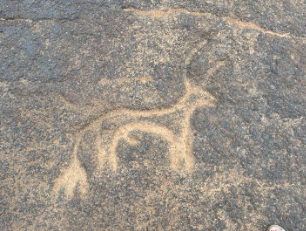
The trail to Curdi by Soul travelling does not end there, but continues to follow the flow of the Khushawati river, where visitors make their way to a spice plantation in the village of Usgalimal. At this now protected site are multiple rock carvings and the evolution of implements and the art form in the midst of nature can be seen. You will also learn about the way these carvings were discovered and how they were made available through a private and government collaboration.
Refreshed by the river
The visit to the spice farm provides a refreshing break by the river Khushawati, where one gets to feast on the produce of the private farm and frolic in the natural stream. Making the most of the timing, there is a special treat of local Uraak or jungle juice, which is best enjoyed when mixed in the original recipe.
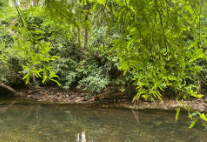
One gets to bid adieu to this bountiful spice farm and its coconut groves, with the opportunity of taking a piece of it back, in the form of local spices and kokum syrup which can be purchased at the farm.
Farmhouse specials
The trail concludes with the most delicious and sumptuous homemade Goan spread at a farmhouse in Rivona. Here you will have the opportunity to get more edible souvenirs to take back, including an award-winning condiment, that you have to taste to believe.
After a day of exploring two villages, this is most certainly a fitting close, as you sit alongside fellow travellers and enjoy Goan camaraderie over lunch. The lush farm provides a scenic green canopy with a clear sky, and a peak into village life in South Goa. In the midst of it, you are able to truly appreciate the sentiments of the villagers of Curdi and the strong attachment to their home which they return to visit once a year.
